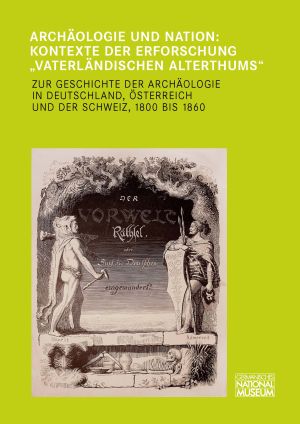How to Cite
License (Chapter)

This work is licensed under a Creative Commons Attribution-NonCommercial-NoDerivatives 4.0 International License.
Published
„Sind die Urnen-Begräbnisse […] slavischen oder deutschen Ursprungs?“
Vaterländische Altertumskunde im Bereich der "Germania Slavica"
‘Are the Urn Burials […] of Slavic or Germanic Origin?’ National Antiquarianism in the ‘Germania Slavica’-Region
In the early 19th century, every archaeological debate involving sites between the Elbe and the Oder revolved around the question of whether Germans or Slavs were interred in the urn burials found there. Several key questions predominated: who had or had not cremated their dead? Were the deceased therefore heathen or Christian? How old actually were the burials? What claim to historical and political relevance did these questions have, justifying their investigation? The article traces the perspectives of those involved, based on their own publications. These were mainly contributions to journals, published by the many historical and antiquarian societies founded at the time. The essential arguments, lines of discussion, and contexts of the debates are reconstructed from a history-of-science perspective. Although contemporaries saw them in a national context, they were actually regionally orientated. For archaeologists today, the clarity with which their predecessors understood the intricately interwoven and thus not easily solvable problems is instructive – as is the modest, factual, and occasionally ironical way in which they conducted their arguments.







